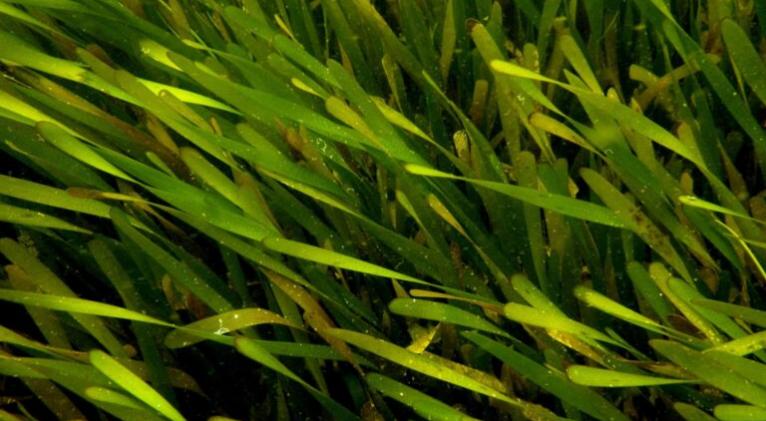Cuba promotes use of Thalassia testodinum to fight off cancer
especiales

International agencies and Cuba are currently promoting a new project goal-oriented to both preservation and use of Thalassia testudinum (commonly known as turtle grass), a species of marine seagrass that forms meadows in shallow sandy or muddy locations in the Caribbean Sea and the Gulf of Mexico, in order to fight cancer.
The new project is being conducted by the Global Environment Facility, the UN Development Program (UNDP) and Cuba´s Science, Technology and Environment Ministry.
The project’s 4-year actions will support the completion of scientific research to prepare the application dossier for the clinical trial of a pharmaceutical product.
The UNDP official website announced the project will also assess the environmental quality of the seagrass ecosystem in the intervention sites, including its carbon removal capacity, in different areas like East Havana, northern Camagüey and southern Santiago de Cuba.
The specialists hope to get results thanks to scientific institutions and the Cuban pharmaceutical industry, as well as the community of Rincón de Guanabo, in Havana.
The initiative will contribute to strengthening the national regulatory framework for the implementation of the country´s Nagoya Protocol on the sharing of benefits resulting from access to genetic resources.
Some Cuban researches value the use of some of Thalassia testodinum´s components as providers of antioxidant, antiviral, antibacterial, antithrombotic, hypocholesterolemic, hepatoprotective, anti-inflammatory and anticarcinogenic effects.
In particular, Thalassia testodinum is estimated to be effective to fight acute damage produced by ultraviolet radiation on the skin, as well as on acute inflammations.














Add new comment